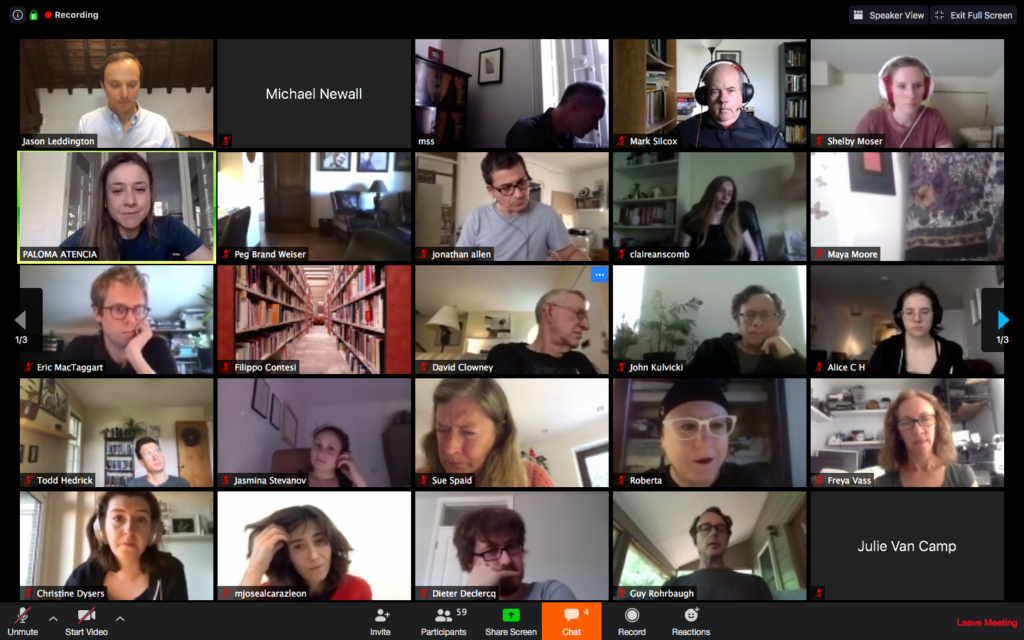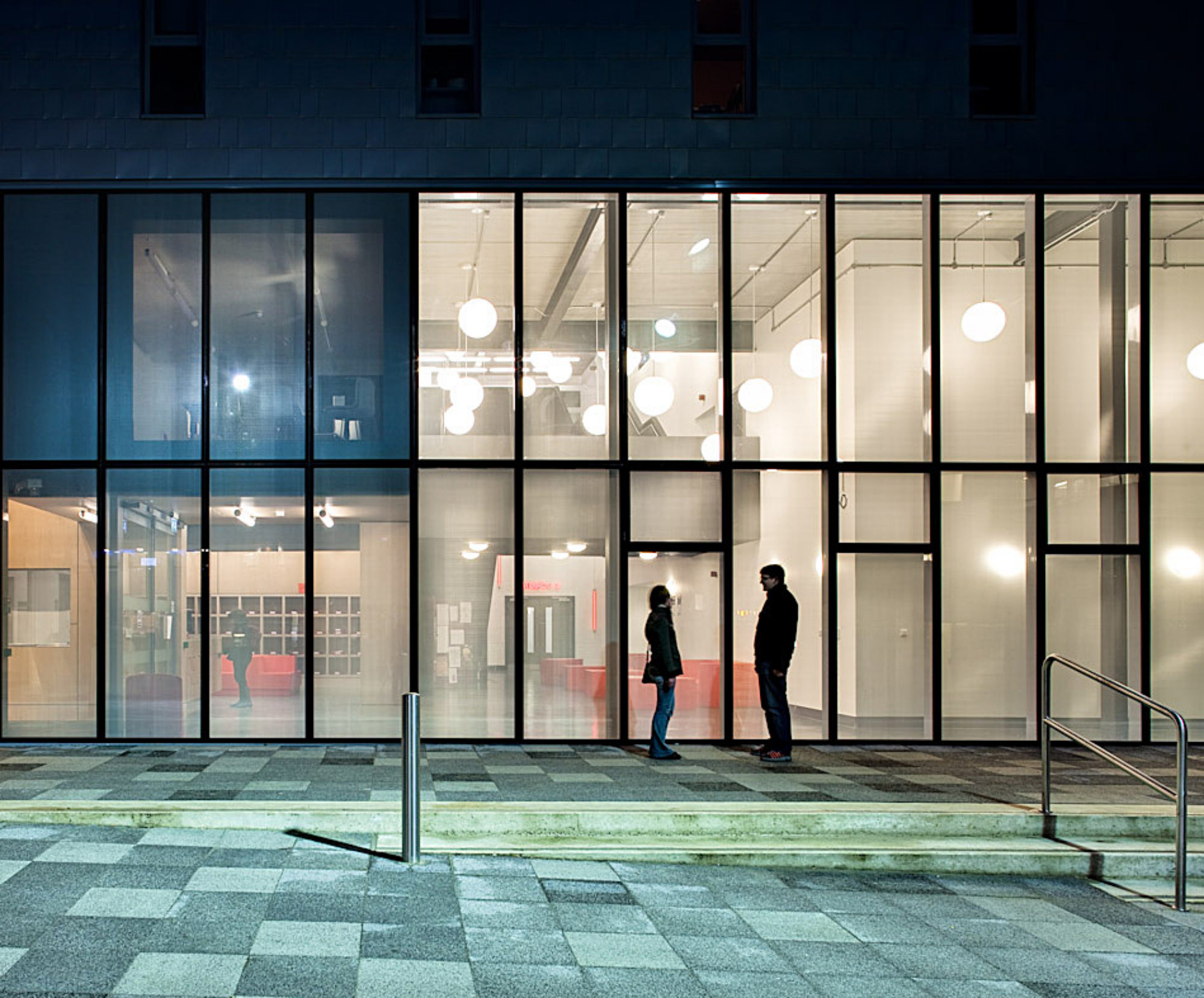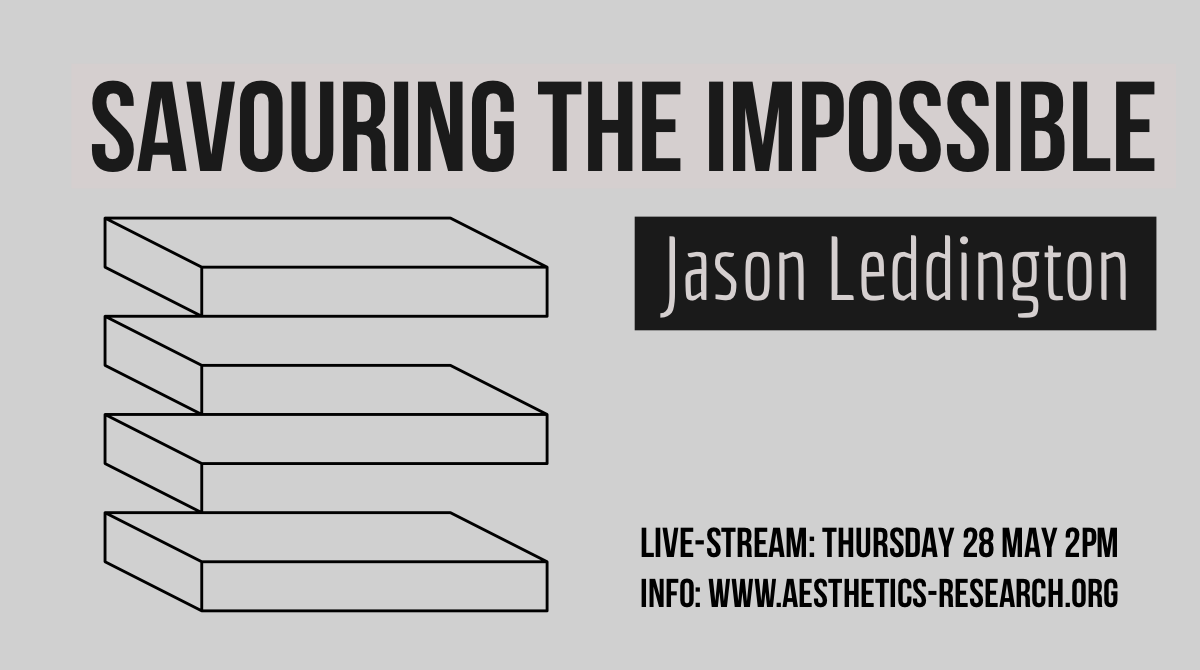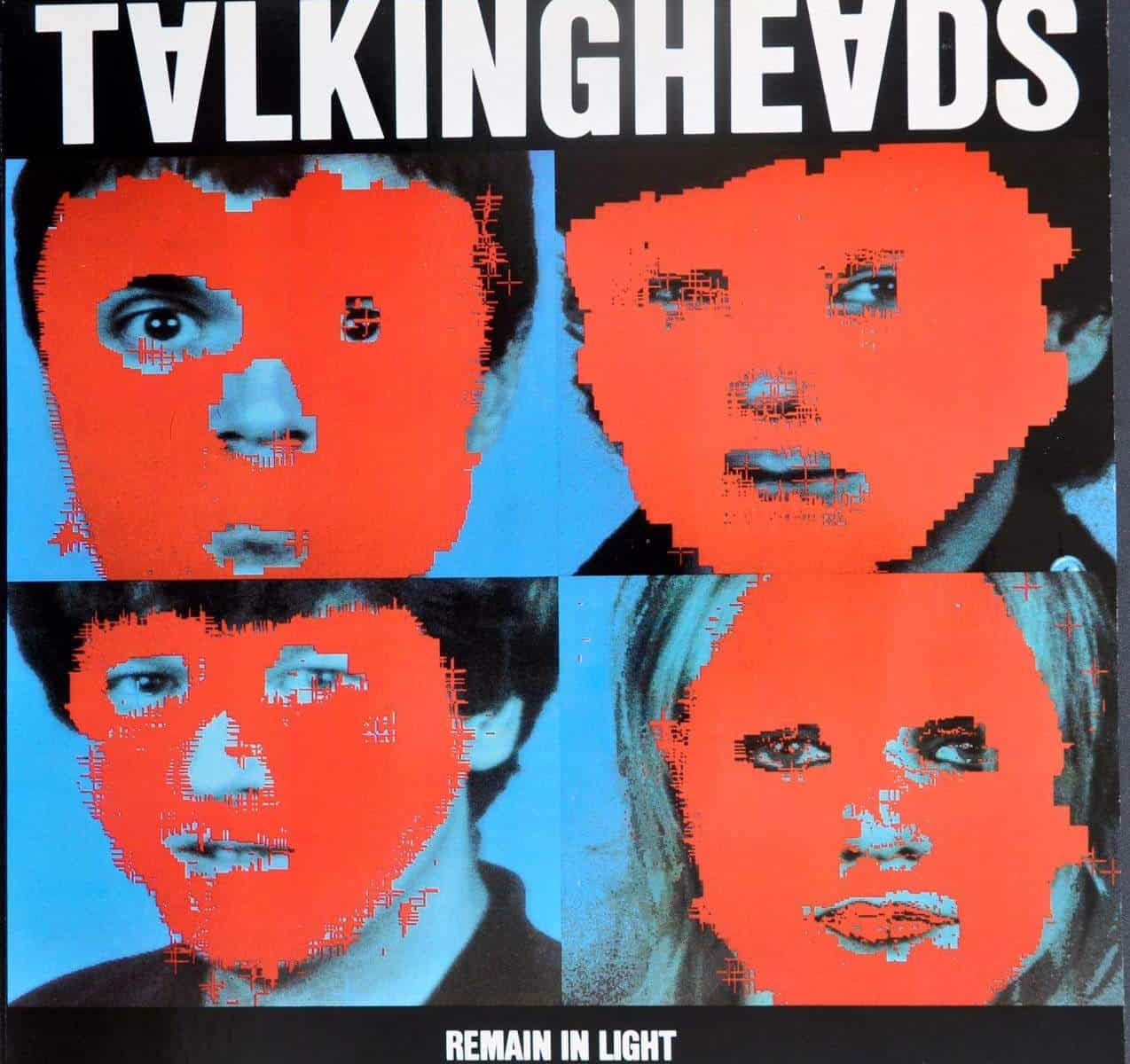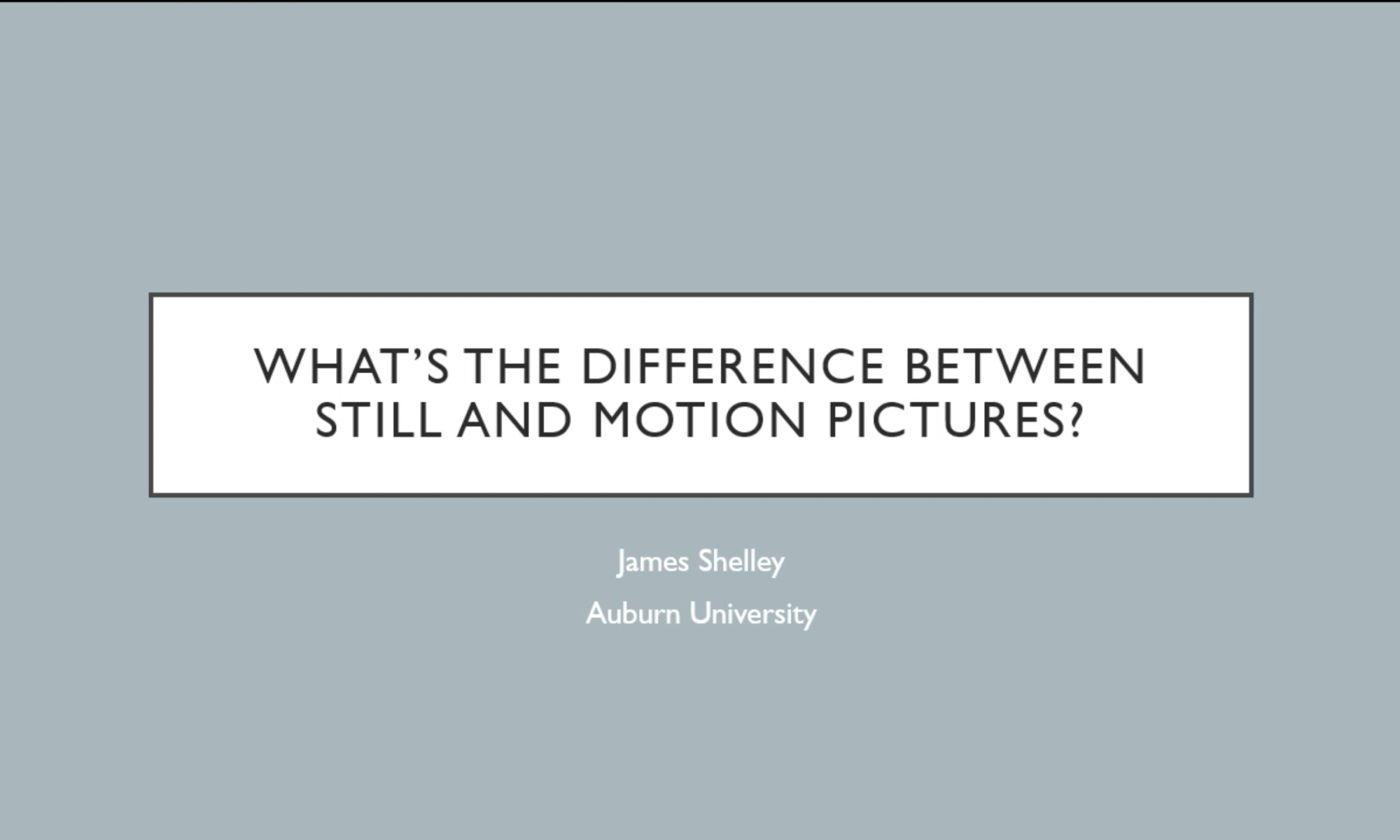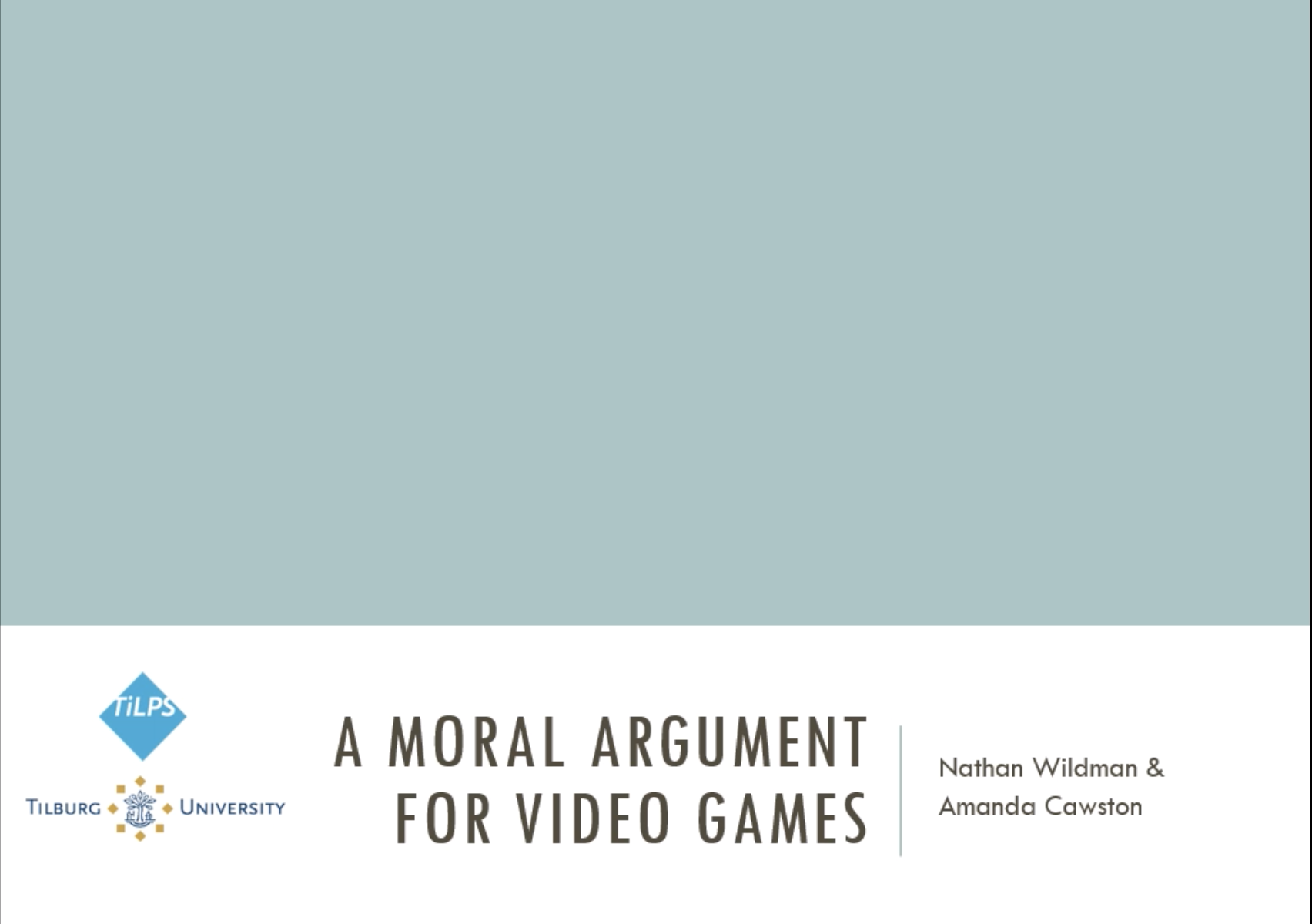Thursday 28th May 5-7pm BST
Jason Leddington (Philosophy, Bucknell; Marie Skłodowska-Curie Fellow at The Centre for Philosophical Psychology, University of Antwerp)
Abstract
It is a puzzling feature of human beings that we are attracted to artworks that provoke negative emotional responses. Why are we drawn to what should, intuitively, repulse us? Tragedy and horror are paradigm cases, but similar questions are raised by works that provoke, say, disgust or moral outrage. This talk introduces and explores a new version of this old puzzle. My question is: why are we attracted to magic tricks? Magic is one our most consistently popular forms of mass entertainment. Consider the recent successes of performers such as Derren Brown, Dynamo, and David Blaine, as well as the ubiquity of magicians on talent shows such as America’s Got Talent (thrice won by magicians). But while philosophers speak fondly of the pleasures of knowing, successful magic performances present apparent impossibilities that provoke potent experiences of ignorance. So, why do people seek them out? I argue that recent work in the philosophy and psychology of so-called “knowledge emotions” can help us to resolve this puzzle. At the same time, in a surprising parallel, I show that it can also illuminate the appeal of a distinctive form of puzzlement especially dear to philosophers. Finally, I conclude by proposing an extension of this account to explain our attraction to another “art of the impossible”: the impossible figures created by artists such as Reutersvärd and Escher.
Savouring the Impossible is co-sponsored by the American Society of Aesthetics as part of its Virtual Summer Aesthetics Festival.
